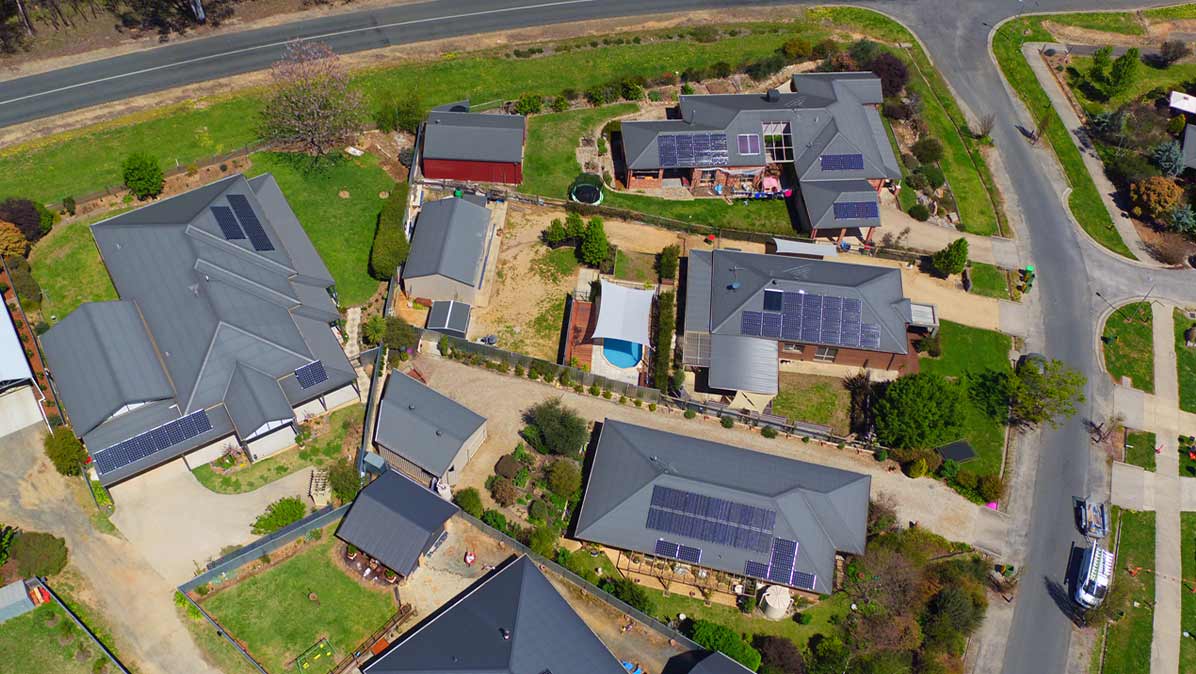A new KPMG report suggests that Australia’s energy landscape is set to undergo a major transformation before the end of the decade, with the growth in renewables and energy storage to accelerate, the closure of coal-fired power plants to be well advanced, and the introduction of emerging zero-emissions technologies – including green hydrogen – to ramp up.
The 30 Voices on 2030: The Future of Energy report asked 30 energy industry executives, experts and government figures to look ahead and predict the state of the Australian energy landscape in 2030. As part of the report, KPMG Australia also conducted a survey of 240 energy and natural resources (ENR) businesses in Australia.
Cassandra Hogan, KPMG Australia's ENR industry leader, said the conversation about Australia’s energy transition and decarbonization has accelerated over the past year. The report serves to highlight the key drivers in the nation’s transition to net-zero emissions.
“The industry is undergoing a profound transformation,” she said. “Supply of energy is shifting to renewables and lower-emissions fuels. Consumers and industrial users are becoming more active participants in the energy market. They are choosing, even demanding, new technologies, products and data to meet their needs. We’re on that journey but having experts imagine the future can help us get on and stay on the right path.”
Hogan said the report highlights the role technology will play in Australia’s accelerating shift to renewable energy with almost three-quarters, or 74% of those ENR businesses surveyed agreeing that most households will be actively using smart energy monitoring by the end of the decade.
“Consumers will be at the centre of the energy transition, with technology transforming their relationship with the system,” she said.
About 59% of those surveyed said they agree that environmental, social and governance (ESG) considerations will have been incorporated into core business strategies and specific targets will be law in 2030. Hogan said the report also highlights the role rooftop solar PV will play in the clean energy transition, with 69% of those surveyed agreeing that most Australian businesses and households will have shifted to solar and battery storage in 2030.
Energy Minister Angus Taylor said he expects rooftop solar to continue to play a major role in Australia’s energy future. Hydrogen will also be more economically competitive by 2030 and will help cut emissions in multiple industries, he claimed.
“Australia’s energy and natural resources sectors have evolved and reduced emissions much faster than we expected a decade ago,” Taylor said when asked what the energy landscape would look like in 2030. “The extraordinary uptake of renewables, particularly household solar, towards the end of the 2010s, has been matched by huge growth in the 2020s of a range of new low-emissions energy technologies. Energy sources like hydrogen are becoming more competitive with existing technologies, driving down emissions and producing affordable, reliable energy.”
Australia Industry Group Chief Executive Innes Willox said that he expects that by 2030, households and businesses will have been the major drivers of changes in the energy system while big industry will still have a way to go.
“The transformation in heavy industry is yet to come, but we should see this over this next decade to 2040,” he said of the energy landscape in 2030. “Most households and smaller businesses are now at the point where the scale of renewable power generation and battery technology is enabling energy consumption to be more of an individual choice. Their power generation is cheaper, there are more choices of types of renewable generation and technologies, such as batteries, and inverters are allowing them to better manage and customise what they need or don’t need.”
While the predictions of those surveyed for the report vary on what the energy landscape will look like in 2030, KPMG Australia Energy Transition Leader Barry Sterland said one thing they all agree on is that change is coming, and it is coming quickly.
“The domestic and international policy landscape shifted even in the time this publication was in preparation,” he said. “Energy firms need to get ahead of this change to seize the opportunities arising from this rapid change – and to avoid the risk of being left behind.”
This content is protected by copyright and may not be reused. If you want to cooperate with us and would like to reuse some of our content, please contact: editors@pv-magazine.com.




By submitting this form you agree to pv magazine using your data for the purposes of publishing your comment.
Your personal data will only be disclosed or otherwise transmitted to third parties for the purposes of spam filtering or if this is necessary for technical maintenance of the website. Any other transfer to third parties will not take place unless this is justified on the basis of applicable data protection regulations or if pv magazine is legally obliged to do so.
You may revoke this consent at any time with effect for the future, in which case your personal data will be deleted immediately. Otherwise, your data will be deleted if pv magazine has processed your request or the purpose of data storage is fulfilled.
Further information on data privacy can be found in our Data Protection Policy.